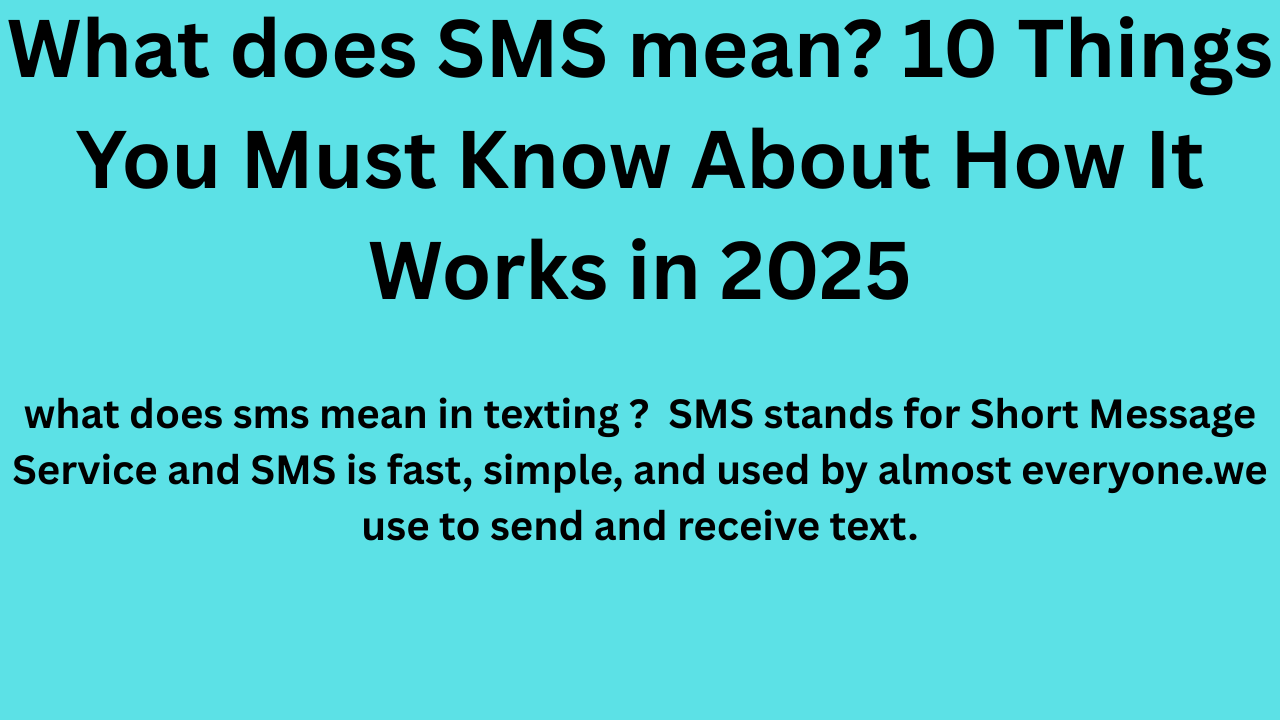The full stop is one of the most fundamental punctuation marks in the English language, yet its correct usage is often taken for granted. Whether you’re a writer shaping a compelling story, a student crafting an essay, or a professional penning important documents, mastering the full stop can make your communication clearer and more effective.
Key Takeaways:
- Full stops (periods) end declarative and imperative sentences.
- Used in abbreviations, initials, and indirect questions.
- Not used after titles or headings.
- Important for clarity in emails, URLs, and professional writing.
- Known as “period” in American English and “full stop” in British English.
This guide explores the meaning of the full stop and its rules of usage and provides detailed examples to ensure you use it correctly in your writing. By the end of this post, you’ll know everything there is to know about this simple yet powerful punctuation mark.
What Is a Full Stop? – Meaning and Definition
A full stop (also known as a period in American English) is a punctuation mark represented by a small dot (“.”) placed at the end of a sentence. It signals the end of a statement and helps readers understand where one thought ends and another begins.
The full stop is essential in written communication, as it provides clarity, structure, and rhythm to sentences. Without it, ideas would merge into a confusing jumble, making it difficult for readers to understand your message.
Using a Full Stop – Rules and Points to Remember
Here are some general rules and quick tips for using a full stop effectively:
- A full stop is used to end declarative sentences (statements of fact).
- It also appears at the end of imperative sentences (giving a command or request).
- Abbreviations, initials, and certain titles often require full stops.
- When writing indirect questions, a full stop is used instead of a question mark.
- Full stops are not used after headings or titles.
Now, let’s break down these rules with specific examples and explanations.
Examples of Sentences Using a Full-Stop
To illustrate the various uses of a full stop, here are some examples:
- Declarative sentence: “The sun sets in the west.”
- Imperative sentence: “Please share the report by 5 PM.”
- Abbreviation: “The meeting will be presided over by Dr. Smith.”
- Initials: “J.K. Rowling is the author of the Harry Potter series.”
- Indirect question: “She wondered why he was late.”
These examples highlight how versatile the full stop can be across different sentence structures.
Using a Full Stop at the End of a Declarative Sentence
A declarative sentence is the most common type of sentence that conveys factual information, observations, or opinions.
Examples:
- “The project deadline is next Friday.”
- “Our team excelled in this quarter’s performance.”
- “Winter is colder than autumn.”
Each of these sentences conveys information without urgency or a call to action. They conclude naturally with a full stop.
Using a Full Stop at the End of an Imperative Sentence
An imperative sentence issues a command, request, or instruction. A full stop is used unless the imperative sentence conveys intense urgency, in which case an exclamation mark can be used.
Examples:
- “Remember to send the email by noon.”
- “Close the door when you leave.”
- “Bring your ID to the meeting.”
The full stop adds a calm and formal ending to these types of instructions.
Using a Full Stop after Abbreviations or Short Forms
Many abbreviations or shortened forms of words require a full stop. This usage is common in formal writing, though modern trends are gradually moving toward omitting it in specific scenarios (for example, in the UK vs. UK).
Examples:
- “The company hired a new VP.”
- “Our address is on West St., near the park.”
- “The report was reviewed by Dr. Jane Doe.”
When in doubt, consult your organization’s style guide to determine whether full stops should be used in abbreviations.
Using a Full Stop after Initials
When writing someone’s initials, a full stop is traditionally placed after each letter. This is standard for titles or when referencing a person’s name formally.
Examples:
- “The presentation was prepared by A.A. Milne.”
- “J.R.R. Tolkien authored The Lord of the Rings.”
- “The guest speaker is E.B. White.”
Note that consistency is key; if you use full stops in some initials, ensure consistent use throughout your document.
Using a Full Stop at the End of an Indirect Question
An indirect question does not directly ask a query but instead reports it. Unlike direct questions, which end in a question mark, indirect questions conclude with a full stop.
Examples:
- “She asked when the meeting started.”
- “He inquired whether the promotion had been approved.”
- “The manager wondered if the deadline could be extended.”
Indirect questions maintain the tone of a statement, making the full stop the appropriate punctuation mark.
Using a Full Stop in Website URLs and Email Addresses
Full stops are also used in technical contexts, such as web addresses, email addresses, and file extensions. These uses improve clarity and distinguish components of information.
Examples:
- “Visit our website at www.example.com.”
- “For inquiries, email us at support@example.com.”
- “The document is saved as report_v1.0.pdf.”
Here, the full stop is functional rather than decorative, helping users make sense of complex digital addresses.
Check Your Understanding of Full-Stop Usage
Here’s a quick review quiz to test your knowledge of full-stop rules:
- Which punctuation mark ends the sentence, “He enjoys reading in his free time“?
- Are full stops required after initials like “J.K. Rowling”?
- Indirect questions like “She asked how he was doing” end with which punctuation mark?
Answers:
- Full stop.
- Yes.
- Full stop.
Frequently Asked Questions on the Usage of Full Stops
What is a full stop used for in writing?
A full stop ends declarative or imperative sentences and is often used with abbreviations, initials, and indirect questions to provide clarity and structure.
Can a title have a full stop at the end?
No, full stops are generally not used after titles or headings unless the format explicitly calls for it.
What is the difference between a full stop and a period?
There is no difference! “Full stop” is used more commonly in British English, while “period” is the preferred term in American English.
Should full stops be used in website URLs?
Yes, full stops are crucial in URLs to separate domain components and file extensions, like “.com” or “.html.”
Why is using a full stop important in writing?
Using a full stop ensures that written communication is clear, concise, and easy to follow. It helps delineate ideas and maintain a professional tone.
Mastering the Art of the Full Stop
The full stop may be small, but its impact on sentence clarity and structure is enormous. By understanding its various uses—from declarative sentences to URLs and everything in between—you can ensure your writing is polished, professional, and engaging.
Start paying attention to how you use full stops in your writing today, and watch as your sentences become more confident and impactful!
Read Also : Understanding the Greek Alphabet — History, Letters & Uses
Read Also: How to write the date in English







